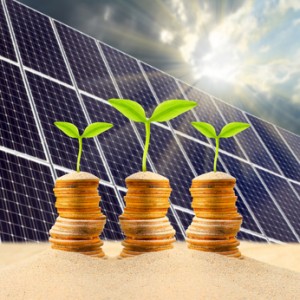What’s more important to everyday living than immersing yourself in a healthy environment? This means being mindful of the products you choose to use in your home and on your body. The most eco-conscious of choices have yet to make the mainstream, so you’ve got your work cut out for you. It’s well worth the effort, though, considering the short- and long-term impact on your health and that of the planet.
1) Beauty products. If it’s not good for the earth, it’s not good for your body. Pay attention to the ingredients listed in hair products, soaps, gels, lotions, and the like. Avoid beauty products that include:
- 1, 4-Dioxane
- antibacterials
- coal tar
- Diethanolamine (DEA)
- dioxin
- formaldehyde
- fragrance
- lead
- mercury
- nanoparticles
- parabens
- petroleum distillates
- P-Phenylenediamine (PPD)
- Pthalates
- Sodium Lauryl Sulfate (SLS) and Sodium Laureth Sulfate (SLES)
- Toluene
- Triethanolamine (TEA)
- Volatile Organic Compounds (VOC’s)
Instead, look for natural ingredients, and labels like:
- Preservative- free
- Paraben-free
- Fragrance-free
- Phthalate-free
- PCB-free
- Toluene-free
- Lead-free
- USDA Organic Certified
- IOS Natural & Organic Cosmetic Standard
- BDIH Certified Natural Cosmetics
- Biodynamic
- Whole Foods Premium Body Care Seal
2) Clothing. Why clothe yourself in chemicals when there are so many natural, healthier alternatives, better for you and the planet? Avoid clothing made of:
- acetate
- acrylic
- nylon
- polyester
- polyvinyl chloride (PVC)
- rayon
- triacetate
Instead, look for natural fabrics like:
- cotton
- bamboo
- hemp
- ingeo (fermented plant sugars)
- linen
- lyocell (wood pulp)
3) Food. The only thing more important than what you put on your body is what you put in it. So the last thing you want to eat are fruits and vegetables that have been saturated in pesticides, or meat, eggs and dairy products from factory farms where the practices are questionable, at best.
For fruits and veggies, look for an organic option. And if you do not practice a vegan lifestyle, always limit your meat, eggs and/or dairy consumption to free-range organic, as such certification comes with stricter requirements for humane animal treatment.
Organic also addresses the GMO issue, as certified organic products cannot be labeled as such of they were genetically modified.
It’s important to understand, however, that all “organic” labels are not created equal. Note the difference:
- “100% Organic” is the ideal, meaning every ingredient in the product meets USDA Certified Organic standards.
- “Organic” is second best, meaning at least 95 percent of the ingredients are technically organic.
- “Made With Organic Ingredients” is the least-favorable of labels, as it need only contain 70 percent organic ingredients. Still, it’s preferable to any non-organic alternative.
4) Cleaning products. How clean can it be if you’re coating your home in chemicals? Avoid cleaning products that contain:
- APE’s (alkylphenol ethoxylates)
- phosphates
- petroleum
- active ingredients chlorine ammonia
Look instead for labels like:
- Chlorine-free
- Ammonia-free
- Phosphate-free
- Fragrance-free
- Plant-based
- Biodegradable in 3 to 5 days
While there are plenty of eco-friendly cleaning products to choose from these days, you may prefer cheaper — and often equally effective — options in the form of common household staples, like baking soda, vinegar, tea tree oil, borax, lemon juice and hydrogen peroxide.
For more insights into greening your life, see our comprehensive Green Living Checklist, including articles on eco-friendly landscaping, construction, travel, and more.
Meredith Simonds Green Living beauty products, biodegradable, clothing, Energy star appliances, fairtrade, green living, organic

Recent Comments